The original Whole30 Diet has steadily grown in popularity since its inception in 2009 and bestselling companion book, The Whole30. Until 2022, however, it was virtually impossible to participate as a vegan (no legumes, no grains, no soy … no way).
Co-creator Melissa Hartwig Urban has fielded vegan and vegetarian inquiries for years, all leading up to a full-fledged Plant-Based Whole30 protocol with animal-free at its core. I took on the challenge of this new elimination diet for a month. Honestly, I didn’t realize what I committed to when I nonchalantly replied “Sure!” to the initial email, but I’m not one to ever back down. Did I experience any significant “non-scale victories,” banish my Sugar Dragon, or apply some of the learnings into my permanent diet? If you’re curious about attempting Plant-Based Whole30, here’s a glimpse into what to expect and how I—trial of one—fared.
The Plant-Based Whole30 rules
The goal of Whole30 is to reset the food habits that are not serving you. By way of eliminating a swath of food categories, it may also help you identify foods that make you feel sub-optimal. For example, you may not have celiac disease, but you could still be sensitive to gluten.
The program’s forbidden foods include:
- All animal products
- All grains including rice, oats, quinoa, wheat, etc.
- Highly processed forms of soy such as oil, TVP, soy flour, soy isolates, etc.
- All real and artificial sugar including cane sugar, maple syrup, agave, stevia, coconut nectar, etc.
- Alcohol
- Carrageenan
- Added sulfites
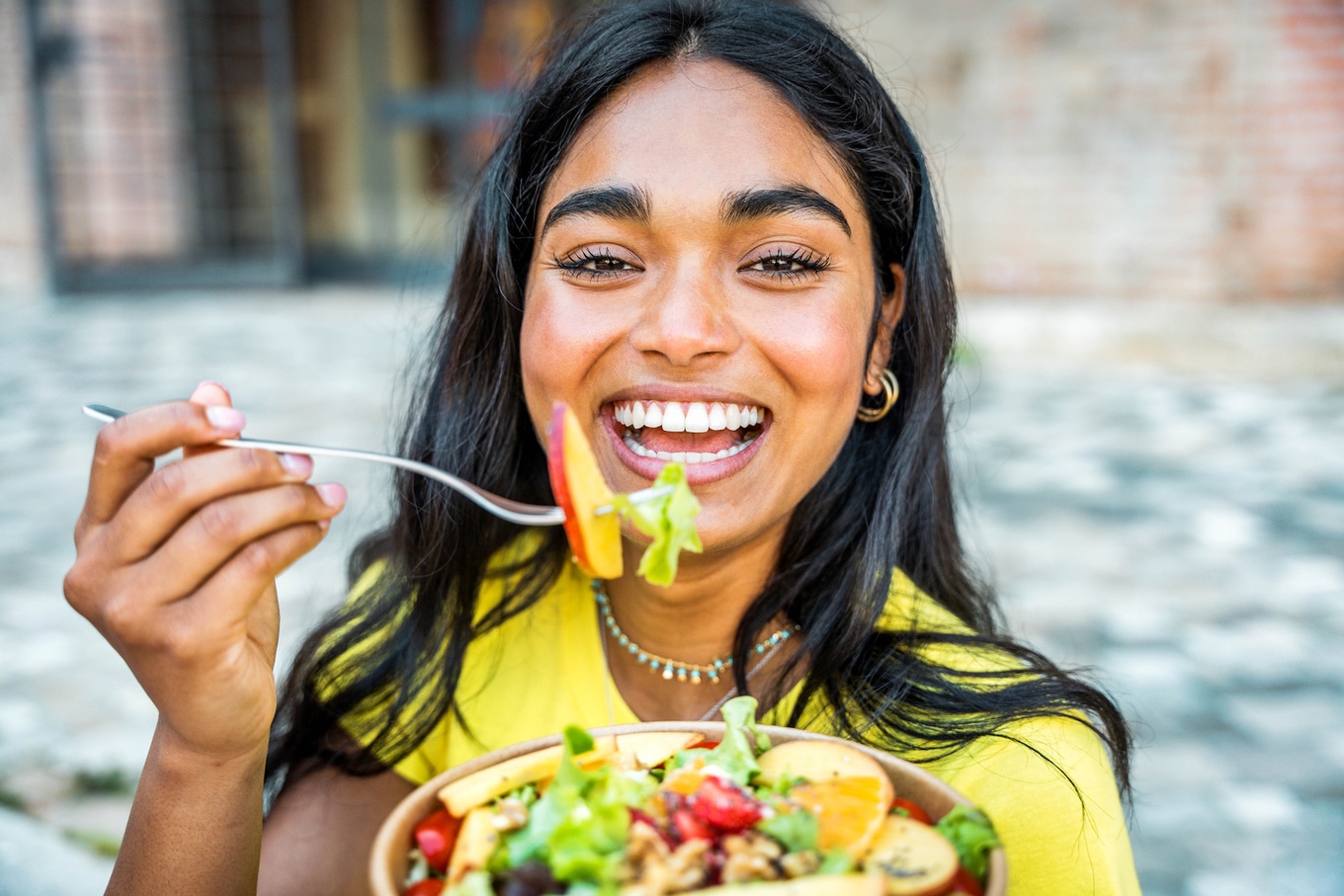 Getty
Getty
When you eliminate these foods, you’re left with:
- Legumes
- Minimally processed soy such as tempeh and tofu
- Nuts and seeds
- Natural plant-based fats
- Whole forms of plant-based protein powder
- Produce
Yes, there is a significant amount of variation within these categories, but when you start to realize almost every product contains something from the “No” list, it can seem limiting. Personally, I had a hard time grappling with the fact that I couldn’t have my soy latte for a month. Sure, coffee is allowed, but the soy milk baristas use contains added sugar. I grudgingly got used to black pour-overs.
The Whole30 experts explain
When I read the list of “No” foods, my frustration grew as I realized all the familiar foods I would have to give up. No vegan sushi (rice and sugar), no peanut sauce (sugar), no seaweed salad (sugar), and no baking (too many “No” items to count). What is so wrong with rice? A touch of maple syrup here or there? I reached out to the Whole30 lead dietitian and co-creator, Stephanie Greunke, politely demanding an explanation.
“The Whole30 eliminates food groups that have been shown in the scientific literature and our clinical experience to be commonly problematic (to varying degrees) across a broad range of people,” Greunke explained. “These food groups are eliminated due to the potential impact they might be having on your digestive system, metabolic health, inflammation, and cravings.”
As a person who does suffer from baffling gastrointestinal distress (I’ve taken food sensitivity tests, allergy tests, underwent a colonoscopy and several ultrasounds, plus enough bloodwork throughout the years to supply a Red Cross for at least a day), I know that food can mess with you.
However, the foods that trigger me (potatoes, cauliflower, fermented foods, beans, plus a handful of unidentified culprits) were not on the elimination list, whereas benign foods (rice and natural sweeteners) were forbidden to me for 30 days. I’m aware each individual has a special snowflake of a gut microbiome, but please, show me the scientific literature behind the atrocities of rice and scant amounts of natural sweetener. As you can probably tell, I’m still hung up about not being able to have my vegan sushi.
I bring this up not to be snarky, but to prepare you. You will likely be frustrated that you cannot have a food or foods you know are “safe” to you. Before you begin, either come to terms with that or find a way to grin and bear it for 30 days.
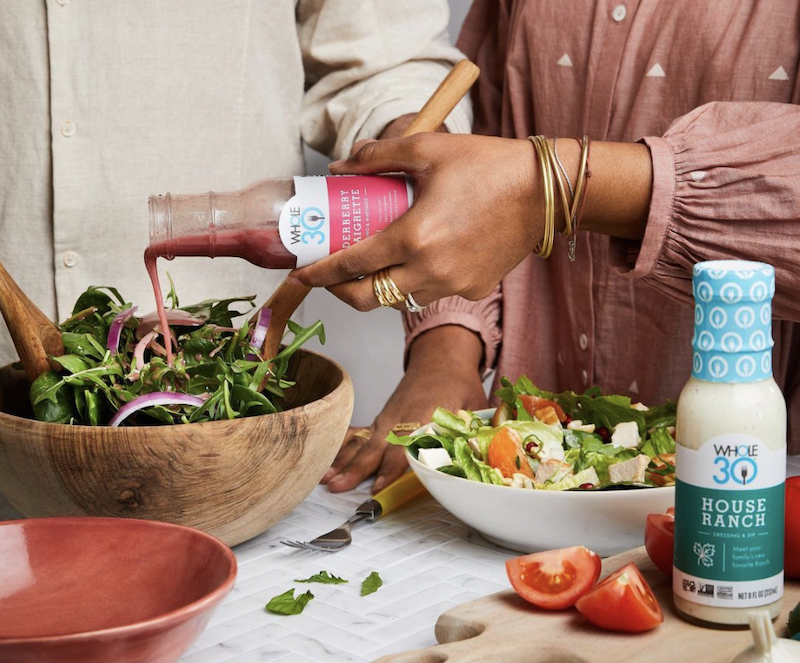 Whole30
Whole30
I was also curious about the 30-day time limit. “There’s no magic in the number, but it is based on habit research and accessibility. You may have heard ‘It takes 21 days for a habit to stick.’ [I had] but that’s grossly oversimplified. For emotionally complex habits … it can take many months for that habit to truly stick. The true average is closer to 66 days, but we settled on 30 because it’s long enough for participants to experience remarkable benefits, but not so long that people feel like it’s too hard to stick to it,” Hartwig Urban said.
BECOME A VEGNEWS VIP: Get exclusive product deals, freebies, and perks galore!
How did I feel on Plant-Based Whole30?
Whole30 participants are given dozens of signs to look out for. They call these “non-scale victories.” Sideline: in addition to eliminating certain foods, you’re also banned from stepping on a scale. It’s not a weight loss diet.
The non-scale victories are divided into two categories: physical and mental/behavioral. The physical includes improved digestion, fewer gastrointestinal issues, more energy, less stiff joints, less inflammation, glowing skin, brighter eyes, fewer migraines, and less sickness, among others.
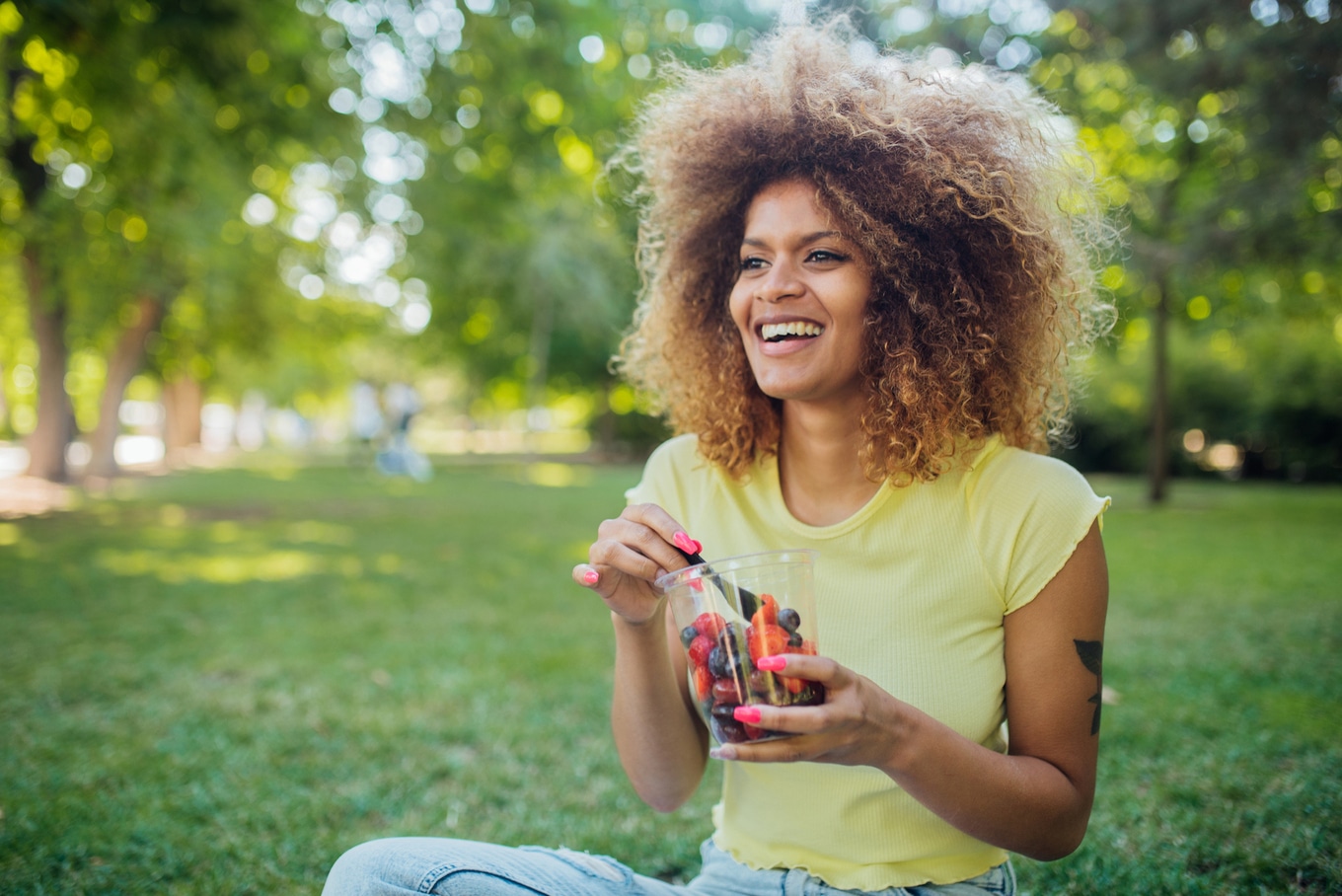 Getty
Getty
On the mental side, we were told to look out for: feeling happier, less stressed, improved mental health, fewer cravings, tamed Sugar Dragon, and overall a healthier relationship with food.
Due to my yet undiagnosed gastrointestinal issues, I don’t feel great most days. Some are far worse than others. During my Plant-Based Whole30 journey, I experienced as many bad days over the course of the month as I typically do. My digestion did not improve, nor did I notice any changes in my outward appearance or general disposition. And before you ask: no, I did not “cheat.”
What happened on my Plant-Based Whole 30 journey?
Did I give up my beloved baking projects, ritualistic daily soy latte, and friendly faces at my favorite vegan restaurants (shoutout to Kensho and Sura Korean BBQ) for nothing? Not quite. I will concede that three things worked in my favor.
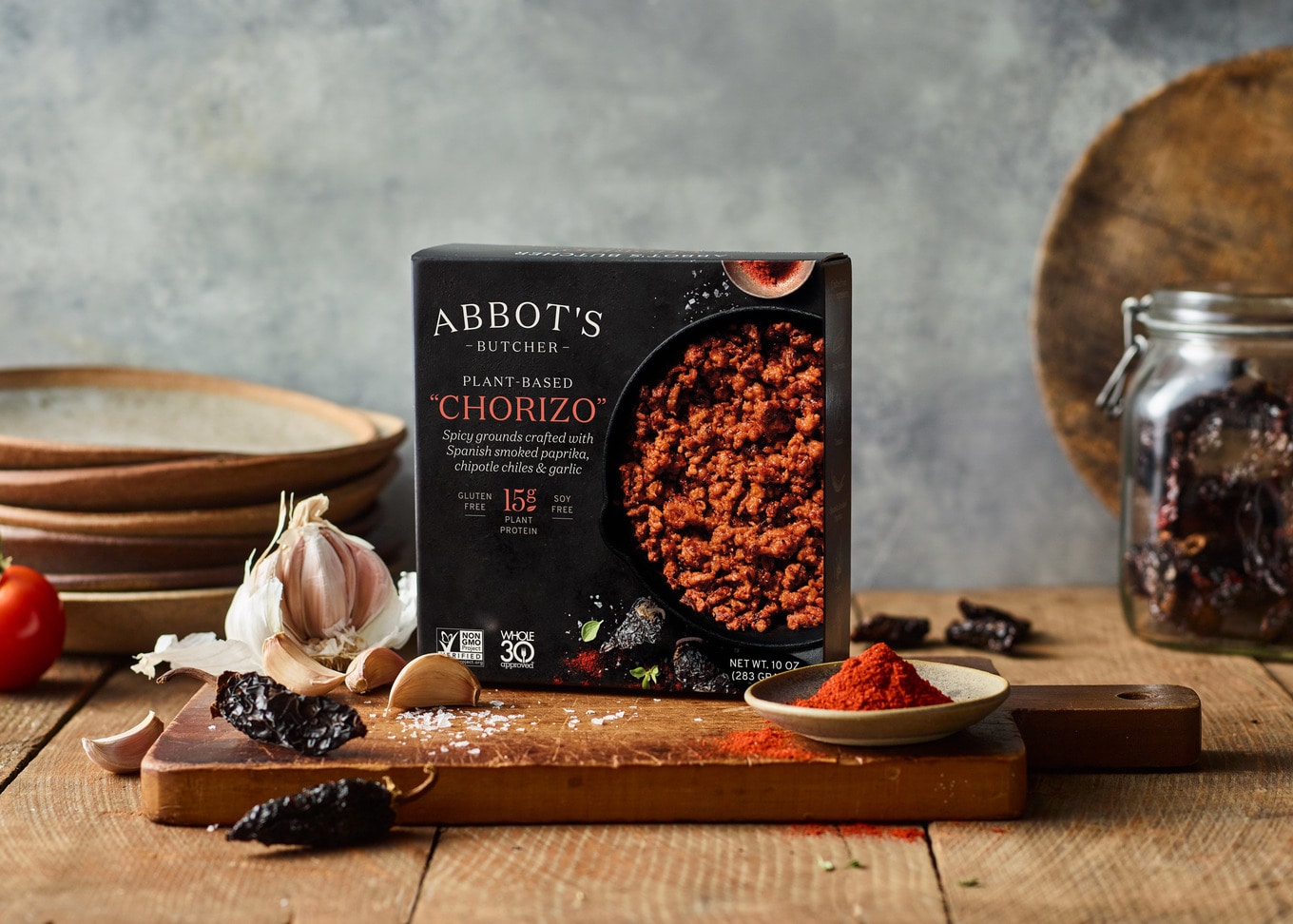 Abbot’s Butcher
Abbot’s Butcher
1 I fell in love with new vegan brands
I am not one to impulse buy. When I walk into a Whole Foods, I generally walk out with the items I had in mind, nothing extra. This was not the case during my month of Plant-Based Whole30. In search for Whole30-approved alternatives, I scanned the aisles, overturning boxes to read ingredient lists or looking for the helpful Whole30 label. My hand instantly reached out when I saw that glorious label.
After a skim through the ingredients to ensure the product was vegan (not all Whole30 brands are), I took a moment to think: will this enhance my steamed vegetables and air-fried tofu? If the answer was “yes,” it often went into my cart. Despite the fact that these products were free from grains, sugar, and generally processed foods, most of them I would buy again. I had heard of Siete but never tried it. I always walked by the long condiment aisle of never-ending sauces and marinades. But Siete, Noble Made, Artisana Organics, SeaSnax, and Abbot’s Butcher have made it into my kitchen staples. If it weren’t for my elimination diet-deprived state, I likely never would have tried these brands. Let me tell you: Artisana’s cashew butter is worth every penny.
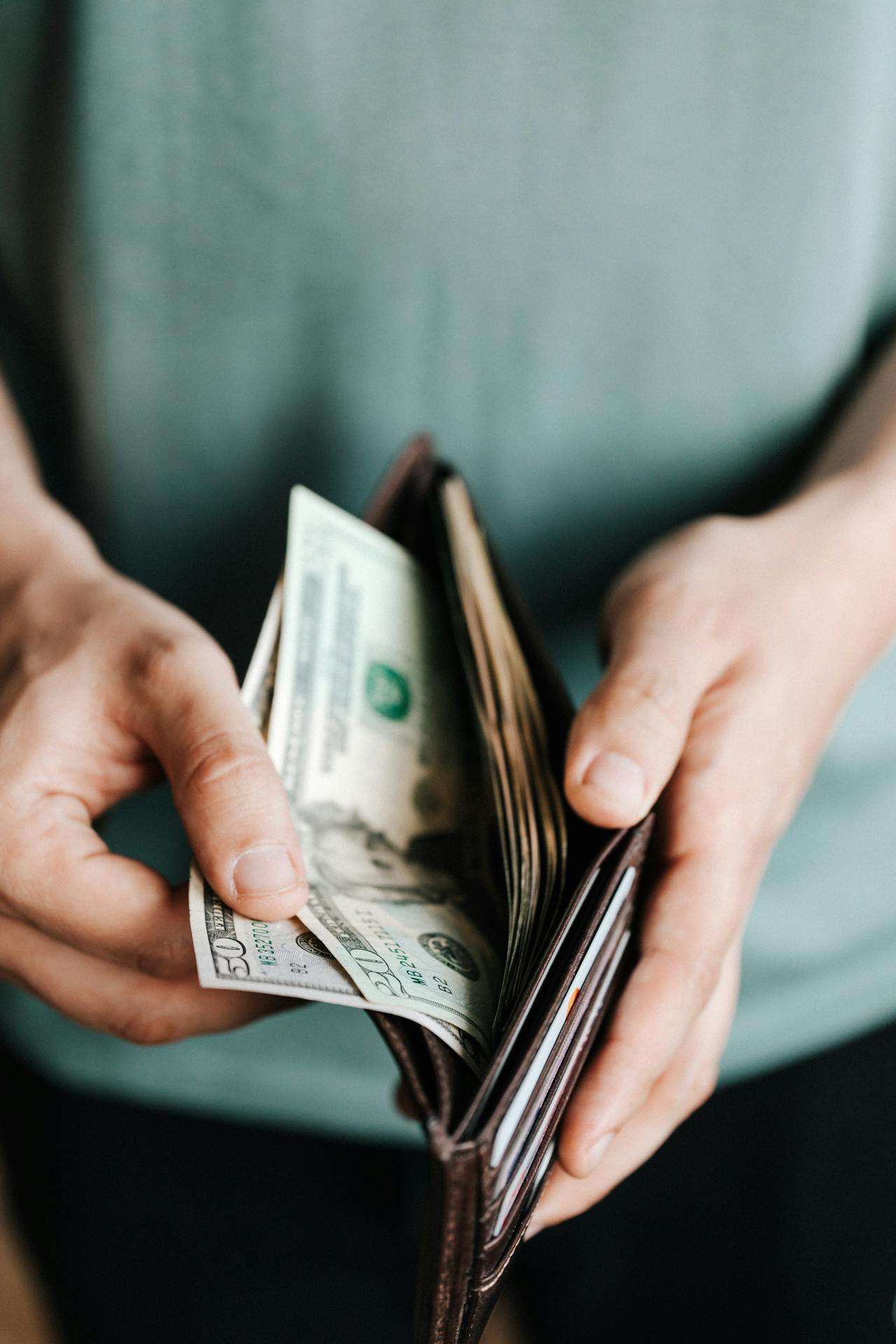 Karolina Kaboompics/Pexels
Karolina Kaboompics/Pexels
2 I saved money
Speaking of cashew butter, yes, it is significantly more expensive than peanut butter. In fact, many of these “nice to have” products are upwards of $5 to $13. However, I saved money overall. The meals I made at home were humble. I merely gussied up produce, beans, kelp noodles, and tofu with these condiments (and supplemented with a few Siete cassava flour tortillas).
I also drastically cut back on dining out. It wasn’t hard, as very few restaurants offer Whole30 Approved options. Under normal circumstances, I would eat out at least three to four times a week. Under Whole30, I ate out four times for the entire month. I visited Chipotle once for its Whole30 Approved vegan lifestyle bowl, a raw restaurant called Under the Sun in Long Beach, CA, and twice frequented vegan Orange County institution Au Lac. All of these menus offered something satisfying that was also Whole30 compliant, but truth be told, I also really enjoyed the meals I was creating at home—thanks to a few fancy products mentioned above. Overall, I was way under budget compared to my typical monthly food expenditure, and I consider that a win.
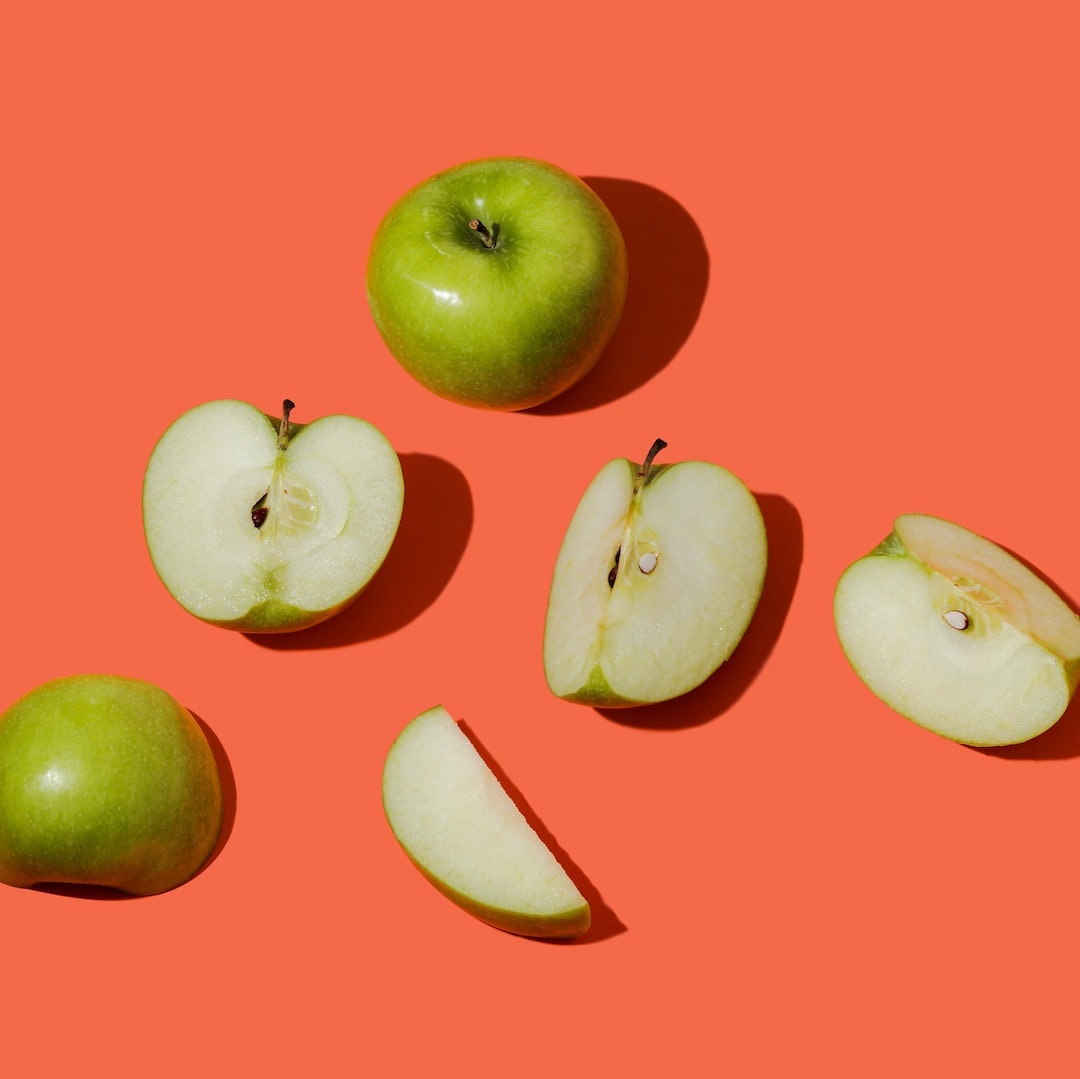 Estudio Bloom/Unsplash
Estudio Bloom/Unsplash
3 I realized my Sugar Dragon was more like a lizard
If you’re familiar with the great Disney animation, Mulan, you may recall the scene where Mushu pretends to be the Great Stone Dragon. Skeptically, Mulan picks him up with her fingers and says, “My ancestors sent me a lizard?” and Mushu replies, “Dragon. I don’t do that tongue thing.” That’s how I felt after doing Whole30 for a few days. I have a raging, fire-spitting sweet tooth, but I discovered that it’s not as powerful as I thought. I still satisfied my dessert needs with apples and nut butter or a handful of jumbo golden raisins and peanuts, but I did not crave cake like I thought I would. Major win.
Tips for completing Plant-Based Whole30
Some people incorporate Whole30 into an annual routine. Many will participate at least once or a few times a year. I don’t believe I will repeat the program, but for all my hemming and hawing, I don’t regret doing it. If you are thinking of giving it a go, here are five tips for having the best experience possible.
1 Commit
The entire concept of an elimination diet revolves around the complete eradication of potential trigger foods. If you cheat or have “just a little bit,” it’s difficult to identify the foods that make you feel less than fantastic. This is not a program for those who do best with moderation—it is a rip-the-band-aid-off, cold Tofurky deal. If a month-long commitment scares you (I was anxious about it for weeks), tell yourself you will do it for one week. Then one more week. Then another. Then another. I thought I would stop at two weeks, but my stubbornness kicked in and I held on. It is better to commit for a shorter period of time than to follow the protocol incorrectly.
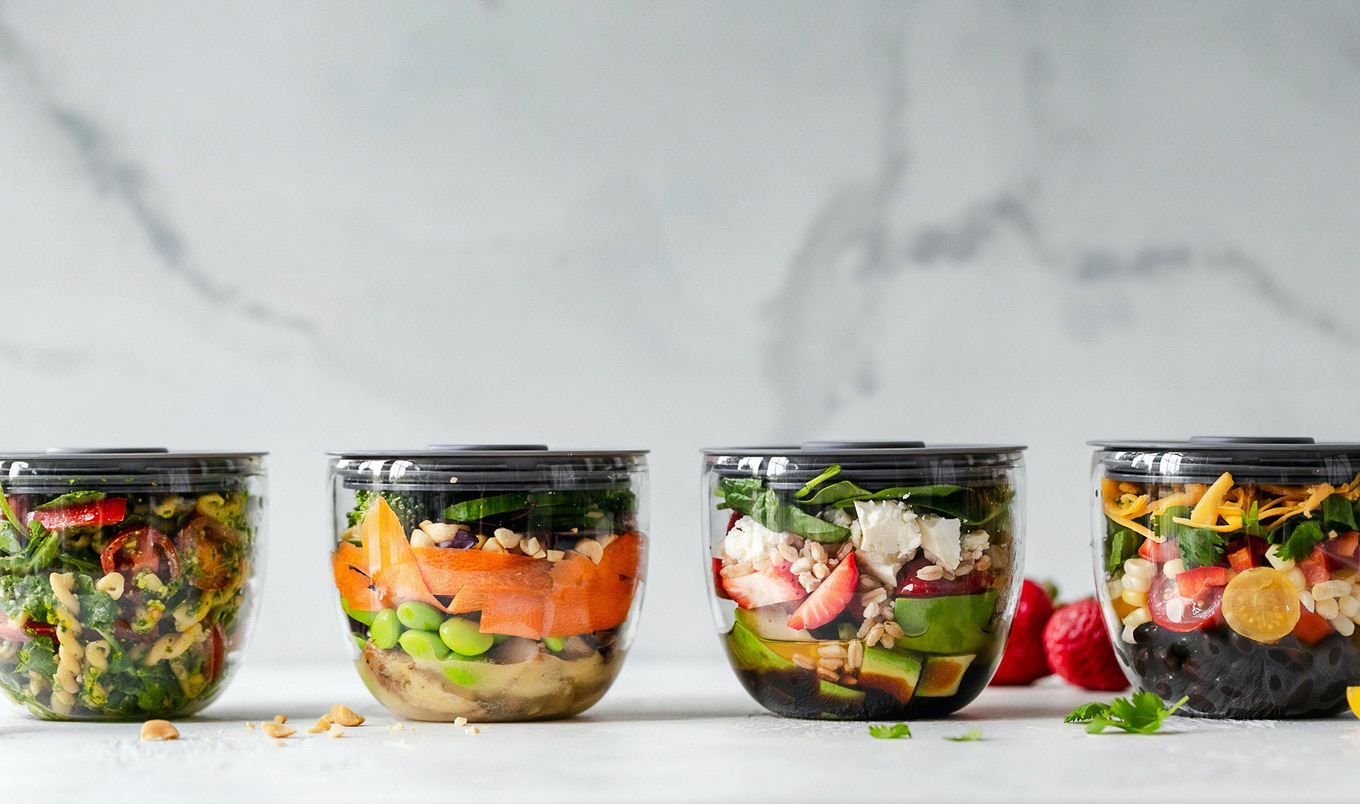 Unsplash
Unsplash
2 Plan ahead
Before you start, get an idea of what meals you will prepare and what products you will buy. Without this preparation, you may wake up on the first day and realize there is nothing you can eat for breakfast. Allow the “rules” to sink in beforehand so you’re not frustrated during your first grocery shop, rolling your eyes at all the labels with stray amounts of sugar or wheat gluten.
3 Look away
Don’t torture yourself. It’s not fun to scroll through Instagram and see a three-layer chocolate fudge cake when you’re only a week into Whole30. Unfollow the accounts that make you drool, and supplement your feed with cute vegan animal accounts. This goes for television, too. Record your favorite food shows and save them for later.
4 Talk (or complain) about it
Whether you’re chatting up the incredible benefits you’ve experienced or bemoaning the fact that you can’t have pizza, let your friends, family, and co-workers know you’re doing Whole30. This will keep you accountable and further committed. Bonus points for convincing them to try Whole30 with you in solidarity.
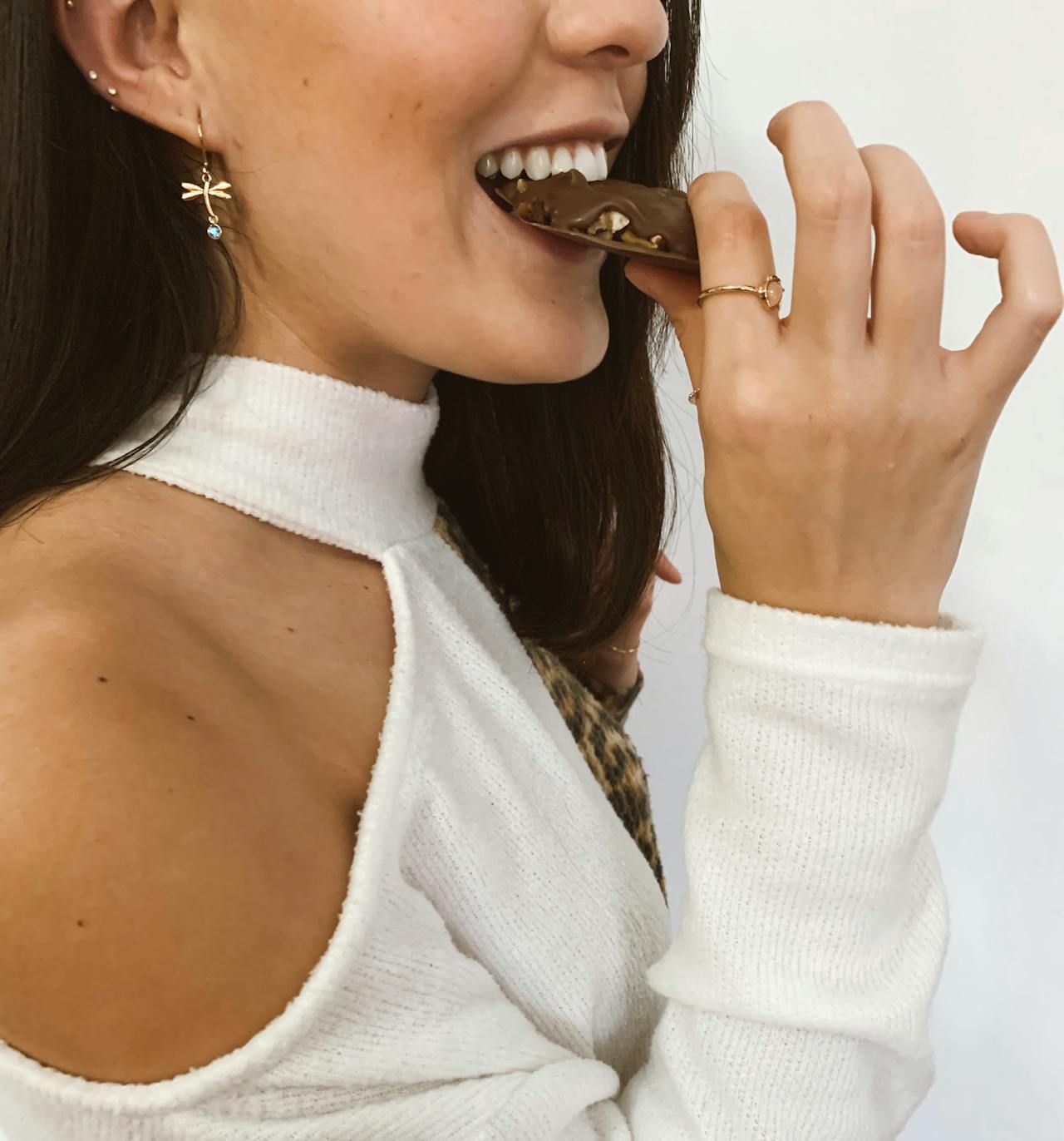
5 Ease out slowly
While the elimination protocol lasts 30 days, Whole30 is actually a 36-40-day program. Day 31 is not a day to go all out on all the foods you missed. You are meant to gradually transition foods back into your diet individually. This allows you to identify any problem foods. For example, if you reintroduce gluten one day and feel off the next, that’s a clue you’re gluten-sensitive. However, it would be difficult to determine that specific trigger if you also reintroduced sugar or corn on that same day. Unfortunately, to get the most out of the program, you have to practice restraint for a few more days. Personally, my soy latte was the first thing I incorporated once my 30 days were up. The next day, I brought back rice in the form of a delicious hot pot. On the third day, I had cake, and it was glorious.
For more on vegan diet and nutrition, read:
JUMP TO ... Latest News | Recipes | Guides | Health | Subscribe









